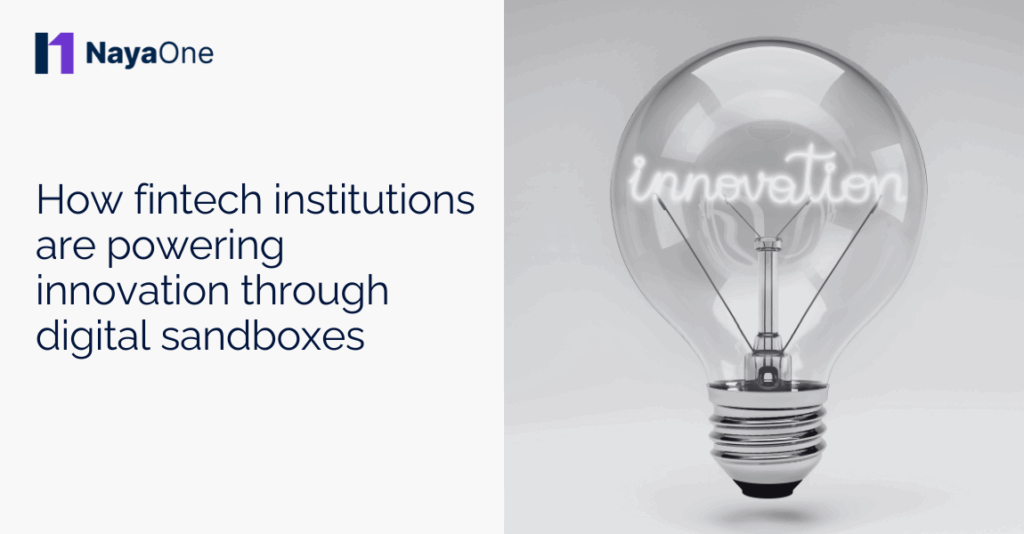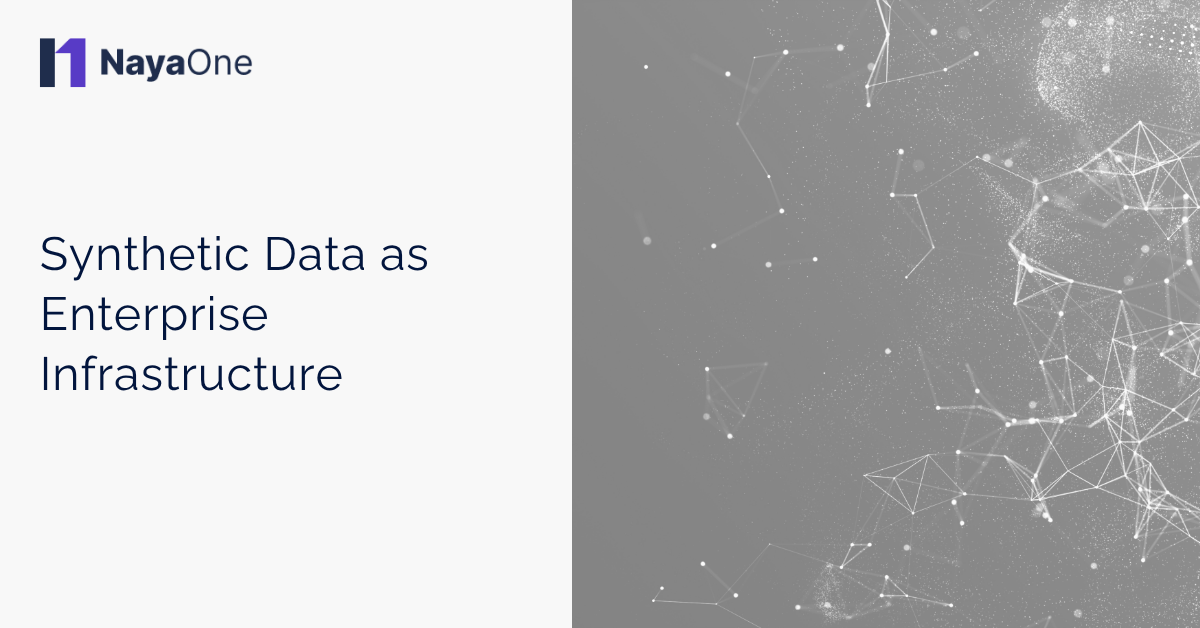The world of finance has always been full of rules, risks, and responsibilities. For a long time, that meant innovation was slow and cautious. Then fintech institutions came along and turned things on their head. Suddenly, new apps made payments effortless, digital wallets replaced bulky purses, and lending no longer meant filling out endless forms in a bank branch. But here’s the catch: you cannot just throw a brand-new financial product into the market without testing whether it is safe, compliant, and genuinely useful. That is where digital sandboxes step in.
Think of a digital sandbox as a playground, but instead of swings and slides, it’s filled with data, APIs, and testing frameworks. It allows fintech innovators to try out fresh ideas in a safe environment without risking real customers or crashing critical systems. That is a clever way to speed up experimentation while keeping regulators and consumers comfortable. In fact, participation in the UK’s FCA sandbox gave startups a 50% higher probability of raising funding, along with around a 15% bump in the average amount raised, proof that a safe space to test ideas can make a real difference. Let’s break down exactly why these sandboxes are such a big deal.
What makes digital sandboxes vital for institutions?
If you are wondering why fintechs need a sandbox at all, picture this. A startup has an exciting new payment solution that could cut transaction times in half. Without a sandbox, they would have to test it in the live market, which could lead to system glitches, compliance failures, or customer backlash. With a sandbox, they can experiment using simulated data, refine their model, and make sure everything works as expected before going public.
The biggest benefit is risk reduction. Launching financial products is not cheap, and a failed launch can hurt not just the business but also consumer trust. Sandboxes let fintech institutions cut down on wasted resources and bring only the best-tested ideas forward. They also help smaller players compete with industry giants because the cost of testing is much lower than building a traditional pilot programme from scratch.
There’s also a cultural shift at play here. By embracing sandboxes, institutions encourage innovation to happen more often. Ideas that might have been considered “too risky” in the past can now be explored safely. The result? More diversity in financial products, better customer experiences, and a thriving ecosystem where creativity is not held back by fear of failure.
How do digital sandboxes foster collaboration between fintech institutions and banks?
There has always been a bit of tension between fintech startups and traditional banks. On one side, you have nimble, fast-moving innovators. On the other hand, cautious giants hold decades of customer trust and regulatory obligations. The sandbox has become the middle ground where both can meet, especially when innovation needs testing without triggering disruption.
Did you know that nearly half of central banks worldwide now operate sandbox environments? According to a 2021 survey, 48% of central bank respondents oversee sandbox environments, making them the most commonly used fintech initiative, well ahead of accelerators (16%) and incubators (10%). That in itself highlights just how central sandboxes have become as points of convergence for innovation and oversight.
For example, a fintech firm developing a new credit scoring model might test it alongside a bank’s existing system within a sandbox. The bank gets to see whether the model is fair, accurate, and compliant, while the fintech gains credibility and access to a larger audience. That’s a win-win that would have been nearly impossible without the safety net of a controlled testing space.
Collaboration also breeds confidence. Banks have often been hesitant to partner with fintechs because of worries around security and reliability. When both sides can co-create in a sandbox, those concerns ease significantly. Instead of being competitors, banks and fintech institutions can act like teammates, sharing data, ideas, and outcomes that lead to stronger financial services for customers.
It’s also worth noting that sandboxes help speed up the deal-making process. Rather than spending months negotiating hypothetical risks, partners can test real scenarios in a sandbox. This shortens timelines and turns discussions into actionable results much faster.
In what ways do regulators benefit from digital sandbox use?
Regulators might not seem like the most obvious winners in this story, but they play a critical role. Financial regulators have the tough job of keeping consumers safe while making sure markets remain competitive and innovative. With digital sandboxes, they get a front-row seat to innovation without needing to block it outright.
By observing tests in sandboxes, regulators can understand how new products behave under different scenarios. If a lending app has an algorithm that could unintentionally discriminate against certain groups, regulators can spot it before it ever reaches the public. This proactive oversight reduces harm and saves fintech institutions from costly rollbacks or penalties down the line.
Another benefit is smoother compliance. Startups often find regulations complex and overwhelming. By working within a sandbox environment that includes regulatory input, companies can design compliance into their product from the start. It is a more collaborative approach that removes the fear of a regulator swooping in after launch to shut things down.
For regulators, sandboxes also serve as a laboratory for future policy. Instead of guessing how rules might impact innovation, they can use real-world data to guide decision-making. This leads to smarter regulations that protect consumers without suffocating progress.
How are institutions leveraging sandboxes for customer-centric solutions?
At the end of the day, innovation only matters if customers benefit from it. Digital sandboxes help fintech institutions build services that are not just compliant or efficient but also deeply attuned to user needs.
Take personal finance apps, for example. A company can use a sandbox to test features like budgeting insights, automated savings, or spending alerts. By experimenting with different approaches and gathering feedback within the sandbox, they can figure out what users actually find helpful before committing to a full launch.
The same applies to payments, lending, insurance, and wealth management. With simulated user data, fintechs can see how different groups might interact with a product. This allows them to tweak features for accessibility, fairness, or ease of use. The result is a product that feels tailor-made for its audience.
Another powerful use of sandboxes is stress-testing. Imagine a payment app during peak shopping seasons. Instead of crossing fingers and hoping the system does not crash, fintechs can simulate thousands of transactions in the sandbox to ensure stability. Customers never see the behind-the-scenes preparation, but they enjoy seamless services thanks to it.
By putting customer experience at the heart of testing, sandboxes turn good ideas into great solutions. It is no wonder institutions are making them a core part of their innovation journey.
Are digital sandboxes the future of fintech innovation?
Looking at the bigger picture, digital sandboxes have moved beyond being an experimental tool. They are now becoming essential for how financial services evolve. From reducing risk to enabling partnerships and helping regulators to boost customer experience, they tick every box that matters in a complex industry.
Are they the ultimate future of the fintech ecosystem? It certainly looks that way. As more fintech institutions adopt sandboxes, the financial ecosystem becomes more dynamic, inclusive, and resilient. Instead of slowing down under the weight of regulations and risks, innovation gets the safe runway it needs to take off.
The most exciting part is that this is just the beginning. The more sandboxes are used, the more sophisticated they will become, allowing even bolder experiments in areas like digital currencies, open banking, and cross-border payments. For consumers, that means smarter, faster, and fairer financial services. For businesses, it means more opportunities to grow.
So yes, digital sandboxes are not just shaping the present. They are building the future, one safe experiment at a time.





